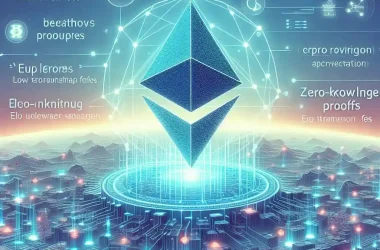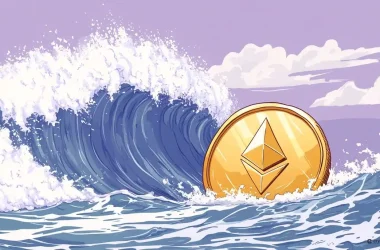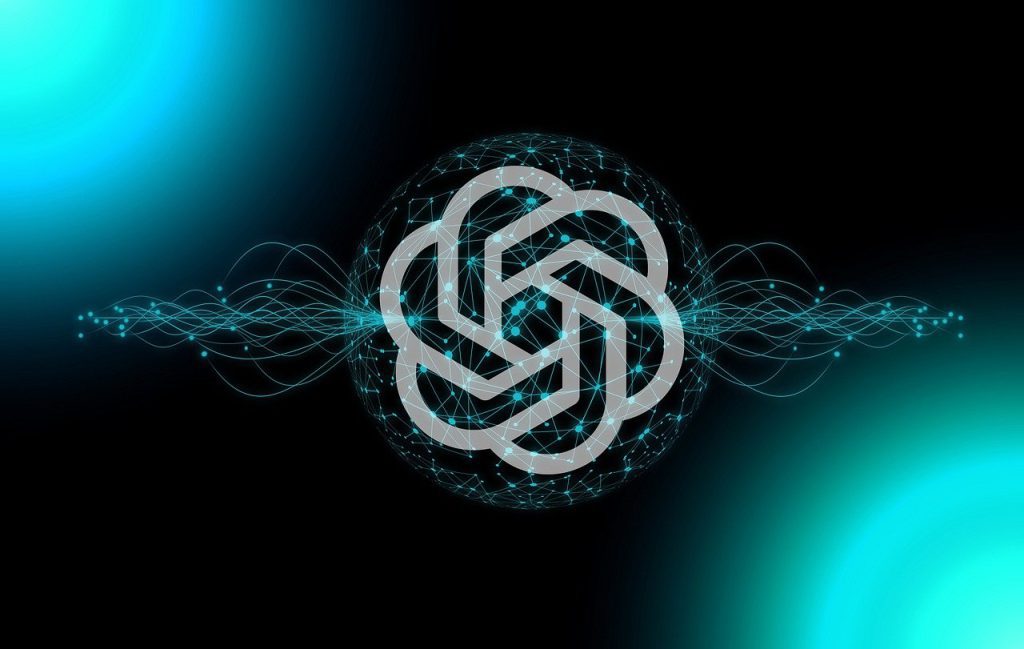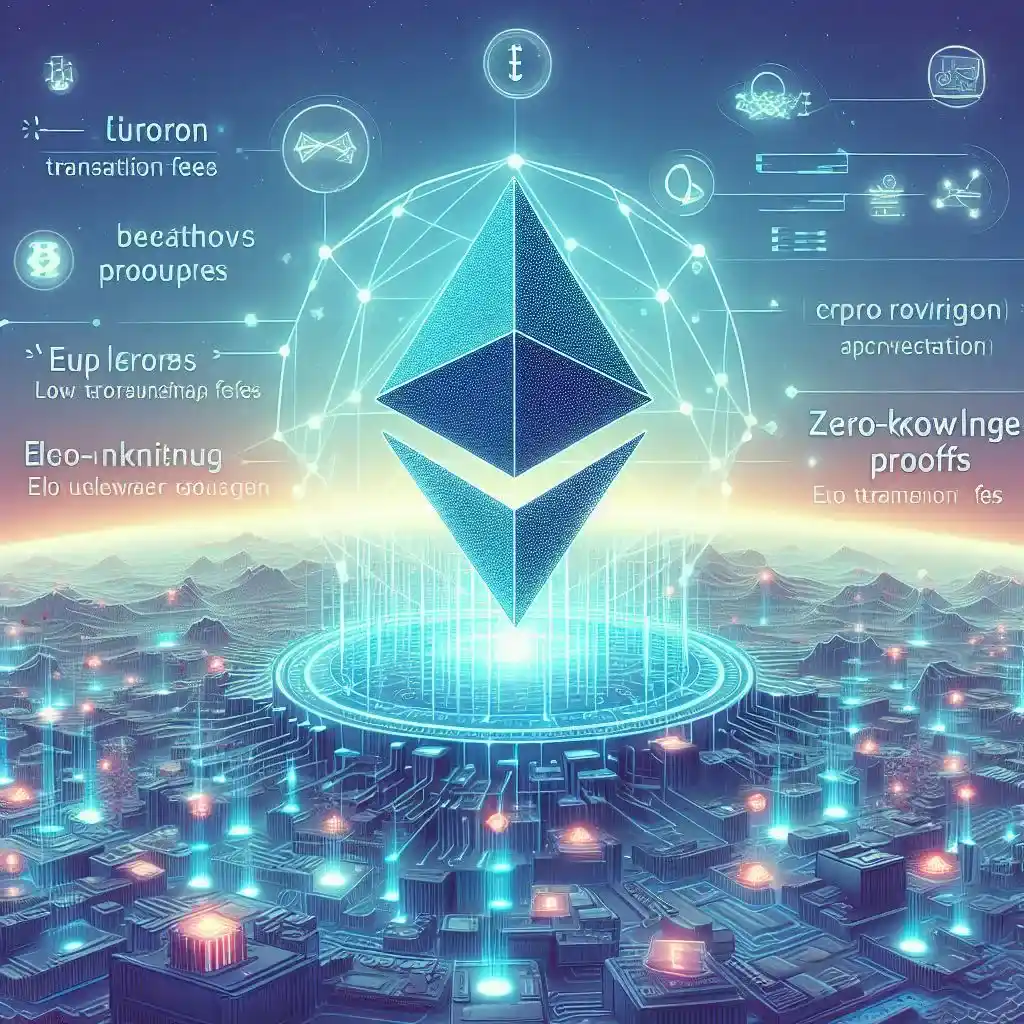Over the past year, significant progress has been made in Ethereum’s development, which has enhanced the network’s capabilities. EIP-4844, also known as Dencun, introduced innovations like blobs and proto-danksharding. These advancements have drastically reduced data storage costs for Layer 2 solutions, leading to significantly lower transaction fees.
Integration and Impact of Layer 2 Solutions
Layer 2 solutions, particularly optimistic rollups, have become more integrated into applications, enabling transactions for less than a penny. This has strengthened Ethereum’s infrastructure. However, despite these improvements, Ethereum still suffers from congestion. As blockchain adoption grows, decentralized applications (dApps) will face increasing competition for block space and computation resources.
Ethereum’s Congestion Problem
Anyone familiar with gas fees understands that Ethereum’s current state is unsustainable. During peak congestion, users have paid over 2 ETH for a single transaction, with some of these transactions even failing. The high fees and failed transactions highlight the need for better scalability solutions.
Moving Computation Offchain
Ideally, most computations should occur offchain, with the ability to post a concise, verifiable proof that ensures data accuracy. Zero-knowledge (ZK) proofs enable this, but verifying transactions on blockchains is challenging due to the complexity of the Ethereum Virtual Machine (EVM). This process can become expensive, as zk-rollups require specialized hardware to generate ZK proofs, which then must be converted into a format that Ethereum can process.
Optimistic vs. zk-Rollups
Optimistic rollups are relatively simple and cost-effective to verify, while zk-rollups are more complex and expensive. Despite the higher costs, zk-rollups are ideal for small and medium-sized businesses that need to conduct onchain operations while maintaining confidentiality. However, the cost of proof verification can be a significant barrier for these businesses.
Rollup Ecosystems Have Unique Interests
Thus far, branded Layer 2 solutions have not been interested in adopting a modular proof verification system like zkVerify, which could reduce verification costs by 90%. Instead, they focus on verifying ZK proofs on the same chain and spreading the costs among users. On the other hand, Rollup-as-a-Service (RaaS) providers are more receptive to modular proof verification, as they cater to smaller projects that cannot afford high verification costs.
Layer 2 Concerns About Modular Proof Verification
The large Layer 2 ecosystems argue that moving proof verification to a different layer compromises security, even though some already verify proofs offchain without publicly acknowledging it. They also prefer to aggregate multiple proofs into a “proof of proofs” to lower costs, though this method may delay verification for a few hours and could result in higher expenses.
EVM’s Current Limitations
As Ethereum continues to evolve in the zero-knowledge space, it becomes apparent that the EVM is still limited by technology from 2017. While Ethereum can handle some zero-knowledge elliptic curves using a precompile, this only supports three mathematical operations on one curve. As a result, zk-SNARKs often need to be converted into a more compatible form, leading to inefficiencies and higher costs. Developers must sometimes compromise on quality due to these constraints.
The Need for EVM Overhaul
Although Ethereum could adopt more advanced precompiles in the future, it would take years to implement such changes. The last precompile update was in 2017, and there has been no significant progress since then. This raises concerns about whether it’s feasible to improve the EVM’s capabilities. One thing is certain: the EVM needs an overhaul to make onchain ZK proof verification affordable for most users.
Horizen Labs’ Approach to ZK Proofs
At Horizen Labs, we’re addressing these challenges by offering modular proof verification through zkVerify. We’re also building a fully EVM-compatible chain that supports the latest zero-knowledge precompiles. Horizen 2.0, built on Substrate, allows for seamless upgrades without requiring a hard fork, ensuring a smooth user experience.
Some projects may prefer Horizen 2.0’s dedicated ecosystem, while others might opt for a custom rollup through RaaS to enjoy the cost savings from offchain proof verification.
Future of Ethereum and ZK Proofs
The evolution of the EVM with zero-knowledge proofs needs to accelerate before the next wave of blockchain adoption. By improving scalability and reducing costs, Ethereum can better support the growing demands of the blockchain ecosystem.
The post Why Ethereum’s next step is zero-knowledge appeared first on CryptoSlate.















